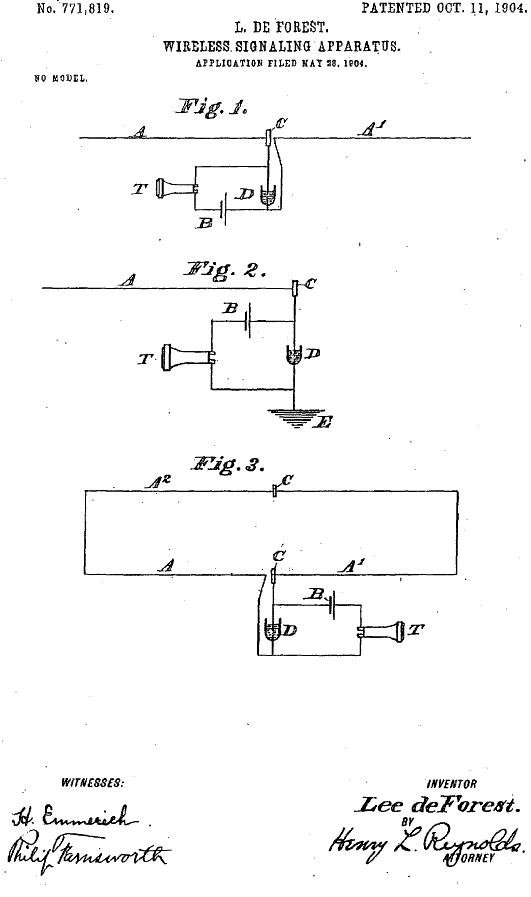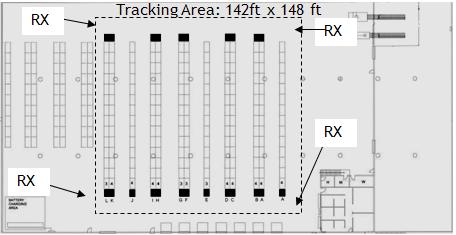
By the 1920’s direction finding was well-advanced, and DF techniques began to see everyday use in both marine and aerial navigation. [1] The Figure shows a DF array from around 1930 deployed at Croyden Aerodrome in the UK [2]. Another good example of a sophisticated and relatively simple to use DF system from the period is the one developed by the noted French engineer, Henri Busignies (1905-1981) in 1927. [3] Adcock type antennas were used to mark out routes for aviation. By sending out complementary signals, such as “A” (dot-dash) and “N” (dash-dot), the signal heard on the equi-signal line yields constant dash tones. This provided a simple aural signal to keep pilots on a desired path and provide feedback if they happened to stray. [4, 5]
[[1]] John H. Morecroft, Principles of Radio Communication, 2nd ed. (New York: John Wiley & Sons, Inc., 1927), pp. 884-894.
[[2]] R. N. Vyvyan, Wireless Over Thirty Years, (London: George Routledge & Sons, Ltd., 1933), p. 158-159.
[[3]] Henri Busignies, Radio direction finder, Hertzian compass, and the like, US Patent 1,741,282, December 31, 1929.
[[4]] Frederick Emmons Terman, Radio Engineering, 1st ed. (New York: McGraw-Hill Book Company, 1932), pp. 588-597.
[[5]] Frederick Emmons Terman, Radio Engineering, 2nd ed. (New York: McGraw-Hill Book Company, 1937), pp. 722-733.



One thought on “RTLS: RF-Based Location and Navigation Comes of Age”